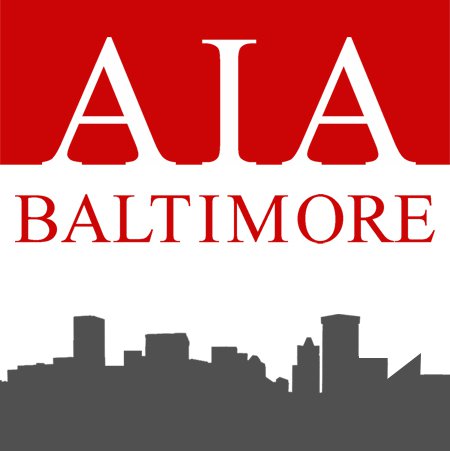Categories:
Eligible projects can be submitted to any of the AIA Baltimore Excellence and Design Awards categories with the exception of Unbuilt Architecture—projects must be built to be eligible. The award will be given at the jury’s discretion.
Selection Guidelines:
Preference will be given to submissions that clearly define their alignment with the following values:
New in 2018, the Social Equity Design Award is held in partnership with the Neighborhood Design Center in honor of their 50th anniversary. NDC is a nonprofit organization founded in 1968 by AIA Baltimore members after Whitney M. Young’s speech at the AIA National Convention
According to racial equity designer Antionette Carroll, “The route to achieving equity will not be accomplished through treating everyone equally. It will be achieved by treating everyone equitably, or justly according to their circumstances.” In her work, this means outcomes are not predictable based on race. Social equity in design is driven by equitable processes resulting in equitable projects.
This award aligns with the Neighborhood Design Center’s values of:
- The more inclusive and community-driven the process, the better the design.
- Healthy places are built with consideration of social justice, environmentalsustainability, and the true character of a place and the people who live, work,
worship, and do business there.
- Everyone deserves access to good design.
- Well-designed places enhance healthy cultural and democratic life in ourneighborhoods.
Judging Criteria for Social Equity Design Award:
1) Inclusivity
How did the design process invite all potential project stakeholders, especially those
historically marginalized from design conversations? Describe how the demographics of those engaged compares with the overall demographics of potential project stakeholders.
- 2) Co-Design
How was the project designed with project stakeholders rather than for project stakeholders? Submissions are encouraged to demonstrate local stakeholders’ power in the design process from the programming and pre-schematic phases through operations and maintenance. Describe the composition of any steering committee, board, or other decision making structure in the design process. - 3) Leadership
How does the project demonstrate leadership in social equity? How did the applicant articulate the values of social equity during the process and share back with partners? - 4) Public Space
How does the project enhance the surrounding neighborhood’s access to and/or experience of public space? Are the project’s outdoor and appropriate indoor spaces inviting to the public and not exclusive to project residents or members? - 5) EconomicOpportunity
How does the project increase economic opportunities for existing neighbors, especially those from marginalized demographics? How does the project resist the traditional narrative of gentrification pushing out resident populations? Was there any local job creation or workforce development during the design and/or construction process? - 6) CommunityIdentity&History
How does the project enhance and celebrate the existing identity or identities of its place? How does the project approach issues of poverty, past or present disinvestment, or historic redlining that impact its immediate or broader geographic location? - 7) Sustainability
Equitable projects are sustainable projects. How does the project not just mitigate its environmental impact, but improve the sustainability of the surrounding community?
Process for Entry and Submission:
The process is the same as the overall AIA Baltimore Excellence in Design Awards.

